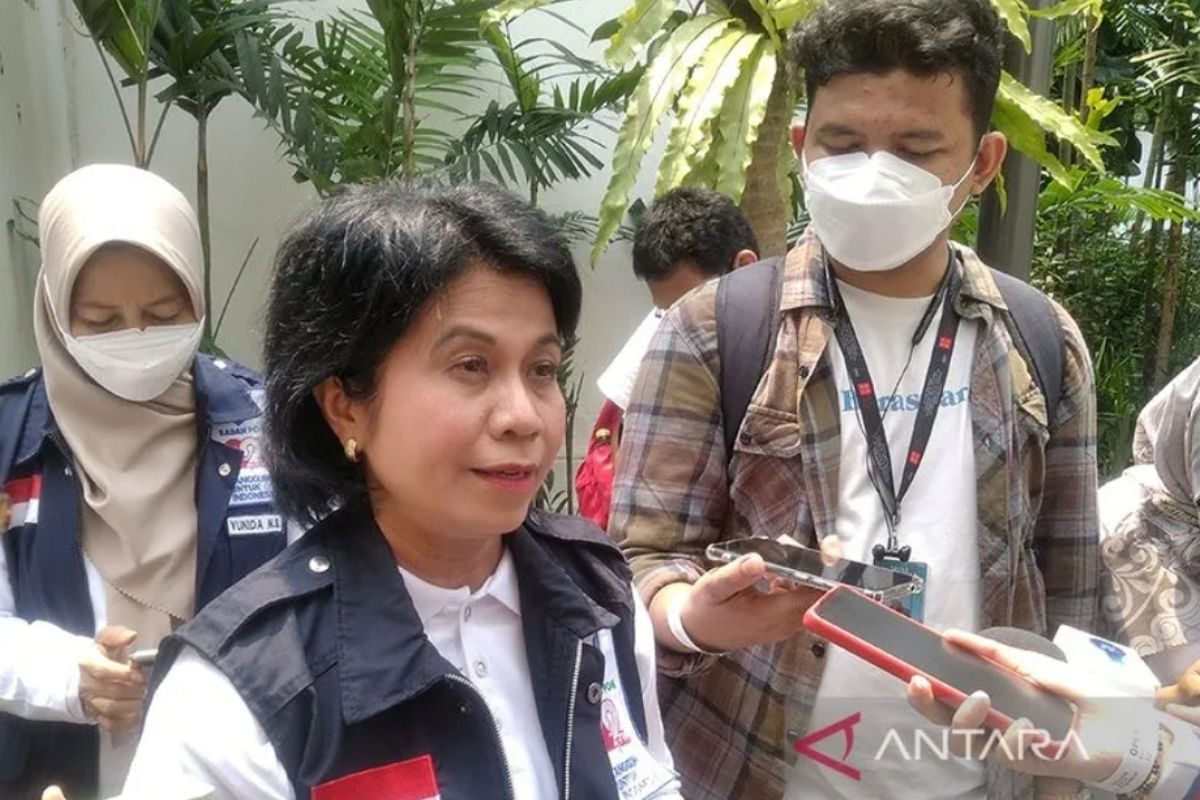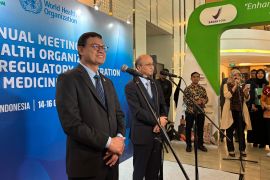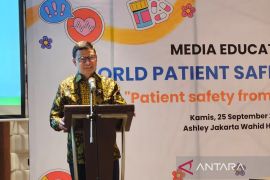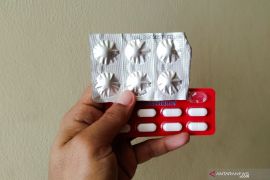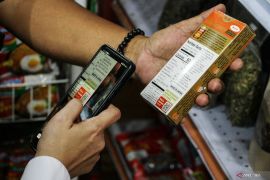"They must be equipped with personal protective equipment, such as wearing eye protection, face (mask), gloves, shoes, and a jacket," BPOM's deputy for supervision of processed food, Rita Endang, said in Jakarta on Friday.
The preparer must be able to adjust the product to meet food-grade standards at a good temperature of around 50–52 degrees Celsius, she added.
According to her, processed food containing liquid nitrogen has a boiling point of minus 195 degrees Celsius, while its freezing point is minus 200 degrees Celsius, or included in the very cold criteria.
At that point, food has the potential to cause a burning sensation in the throat due to the extremely cold temperature and direct contact with organs, she added.
Liquid nitrogen is a diatomic fluid in a liquid form at very low temperatures, she explained.
It is a clear and colorless liquid and poses the risk of causing frostbite. Inhalation of smoke from liquid nitrogen can cause dizziness, nausea, vomiting, loss of consciousness, rapid breathing, shortness of breath, and death, Endang said.
"In case of skin and eye contact, it can cause severe cold burns and frostbite," she added.
Therefore, food merchants must provide warnings to consumers about the risks of danger from adding liquid nitrogen to processed food.
"It cannot be consumed in very cold conditions. Make sure the smoke has gone before consuming the food," she suggested.
She further said that consumers, especially children, must be accompanied by parents who understand the risk factors of the food.
"It should not be consumed because it contains very high gas, the liquid nitrogen in processed food can be 700 times the pressure. This is very dangerous: if it comes into contact with the skin, it can cause blisters, and if swallowed, it can hurt the stomach," she warned.
According to Endang, these components can be very dangerous for consumers who have asthma.
She noted that liquid nitrogen can still be used in processed food as long as the procedures applied are in accordance with the recommendations.
"If you do not follow the rules, we will recommend it to the health service as the supervisory authority. BPOM recommends that the health service must provide education," she said.
In this regard, the BPOM is working with a number of related authorities to prepare guidelines for the production of processed food containing liquid nitrogen.
"We have conveyed the circular to all BPOM Technical Implementation Units (UPT) in the regions. They will coordinate with local governments and educate students and children regarding this matter," she informed.
The policy has been implemented in response to reports of food poisoning after the consumption of snacks with liquid nitrogen, which are currently popular among children.
The Ministry of Health has reported 29 cases of food poisoning from a number of areas, such as Ponorogo, Bekasi, and Tasikmalaya. Ten of the patients presented with symptoms and 19 others without symptoms.
“The BPOM has also evaluated the food poisoning incident since January 6 (2023). We already have supervision and guidance for this issue," Endang added.
Related news: Govt advises against liquid nitrogen use in ready-to-eat food
Related news: Liquid nitrogen in ready-to-eat food can harm human body: BPOM
Translator: Andi Firdaus, Resinta S
Editor: Rahmad Nasution
Copyright © ANTARA 2023
